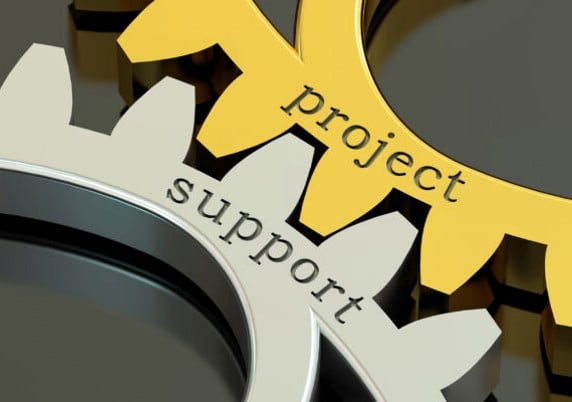With almost every leading bank and financial institution around the world involved in it, blockchain technology or the distributed ledger, has firmly moved out of Bitcoin’s shadows into the technology spotlight. This can be largely attributed to a number of successful proof-of-concepts over the past few months, which have elevated blockchain’s proposition as a commercially viable technology.
Blockchain’s business applications go much beyond the most obvious financial use cases. The industries that are rigorously experimenting to simplify and speed up their respective processes include:-
- Real Estate – Banks like ABN Amro have already launched pilots to explore how real estate transactions can be recorded on blockchain. If successful, this would result in a much more reliable and efficient way to record, consult and exchange information.
- Healthcare[1] – The most recent development in this industry would be IBM Watson Health division’s collaboration with U.S. Food and Drug Administration (FDA) to research, develop, and test ways to apply blockchain technology to multiple aspects of public health care systems. This would include medical records, clinical trials, and genomic data amongst other things.
- More importantly, blockchain has the ability to transform governmental services and promote financial inclusion in third-world nations. Although currently on hold, Honduras’ land title registry project can serve as a perfect example. Another example of this can be Estonia’s project to secure all health records on a blockchain that would provide real-time visibility to individuals and institutions.
Having said that, the technology can be best used for distribution, verification and record keeping of transaction information more effectively and efficiently in a decentralized manner, leading to both cost-saving and time-saving.
The commercialization phase of blockchain will more or less be similar to that of Internet’s. The participants/innovators will have to identify the challenges and barriers early on, in order to find solutions which will help them in developing real word applications.
- Think of governance for instance, since crypto-currencies and hence blockchains are not created and regulated by national or local governments, this could limit its adoption by established/reputed organizations. Banks and financial institutions, in response, have come up with something that could counter this challenge. By creating consortiums such as R3 & BCCC, some sort of order can been established. Together these institutions can act as a lobby-group to ensure that a legal framework is established in which blockchain’s legal nature can be defined. This will include the laws and jurisdictions to be applied, along with the clear accountability for cases of error or malfunction.
- For public to entrust their personal data onto a blockchain solution, cyber threats will have to be successfully addressed. Public blockhains, by nature are ‘fully decentralized’ and thus can have participants from anywhere in the world. The issue of ‘settlement finality’ will always be a feature of decentralized systems. The most clear-cut way out of this would be to introduce permissioned or private blockchains. Such systems have been a primary focus of interest from financial institutions[2]. However, the notion that these blockchains can only be controlled by a single authority, goes against the whole concept of decentralization! The question now is – Private blockchains, public, or both?
- Another complication that incumbents and behemoths will face while using blockchain systems will be to shift their existing apparatus onto these distributed ledger systems. Would they risk moving their pre-defined processes to a new technological innovation and cannibalizing the orthodox methods? Also known as the ‘Innovators Dilemma’, this phenomena usually accompanies any kind of technological disruption. The answer here would be to figure out how much innovation is too much innovation i.e. – what processes can be cost-effectively migrated to blockchain systems, and would they be able to sustain this perennial disruption.
But not all problems will need blockchain as a solution. For blockchain to be commercially viable as well as successful, the advantages will have to be exponentially bigger than the cost of implementation. The crux of the story will be to ignore the urge of using blockchain based solutions where they are not the best solutions, and embrace those where they are.
[1] In a new report about blockchains in healthcare, the IBM Institute for Business Value collaborated with The Economist Intelligence Unit on a survey of 200 healthcare executives, both payers and providers in 16 countries. The survey found that 16 percent of healthcare organizations, identified as “trailblazers,” plan to have a commercial blockchain solution at scale in 2017
[2] “Every company will have its own version of a blockchain, probably hundreds within a company, one for each application it has,” Hu Liang, senior managing director for the emerging technologies center at State Street, says in an interview with PwC. “We think there will be hundreds if not thousands of blockchains.


